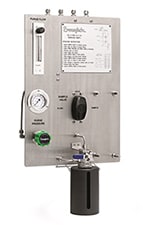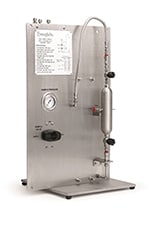Grab Sampling 101: Reducing Plant Costs
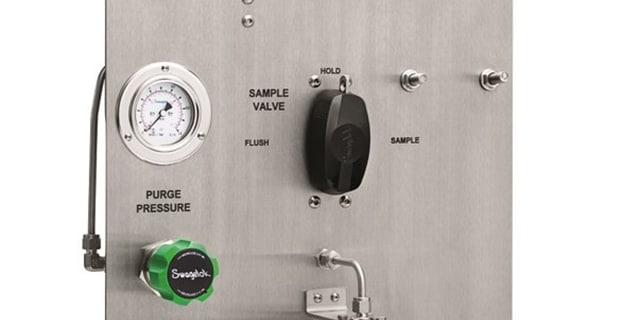
Grab Sampling 101: Reducing Plant Costs
When producing a product with a precise chemical composition, an accurate sampling process is critical to plant production. Inadequate chemical product can cost a facility thousands of dollars in revenue, so it is important that samples are taken often to validate final products.
Sampling is the science of safely capturing a representative sample from a process line or pipeline for analysis. Depending on the process phase, temperature, consistency, chemical makeup and other factors, there are a variety of approaches that can be used to extract a sample. Grab sampling is one of the most common and cost-effective sampling techniques used when collecting a chemical sample.
What is Grab Sampling?
Grab sampling, also commonly known as closed loop system sampling, is the collection of a fluid or gas sample in a pipeline, tank or other industrial system with the intent of transporting the sample to a laboratory for analysis. Industrial grab sampling systems can validate process conditions, product quality specifications and environmental emissions. As more industries bring analytical equipment online, it becomes more imperative for plants to have quality sampling practices.
Transporting a Sample: Container Types
It is essential that a captured sample remains representative during its transportation to the laboratory. Placing a captured sample in an open bottle for transport may result in contamination. Some chemicals will even evaporate or fractionate if they are not maintained under a certain pressure. Determining the container type necessary for your sample is the first decision that must be made before selecting a grab sampling system.
Bottle Containers
When pressure isn’t an issue, bottles can help simplify sample collection and transportation. Swagelok recommends using bottle containers for non-pressure-containing liquid samples. These bottles can be drawn and transported without the risk of spillage or evaporation. This can be accomplished by using a bottle with a self-sealing septum cap.
Bottles are a lower cost collection option that can be replaced easily when needed. When bottles are no longer useable, they can be easily disposed. The tapered bottle shroud enables proper septum and needle alignment within the grab sampling system, preventing accidental spillage and needle breakage.
Cylinder Containers
Cylinder containers must be used any time you need to capture a gas or a liquid under pressure from your closed loop sampling system. Sample cylinders protect the integrity of your product in transport, preventing the evaporation or fractionation of chemicals.
Sample cylinder containers are made with seamless tubing for consistent wall thickness, size and capacity. The smooth internal neck transition eliminates trapped fluid and makes them easy to clean in the lab and reuse in the field—reducing costs.
Specifying a Grab Sampling System
To demonstrate value within your lab analysis, you must ensure your sample remains representative of the fluid within your system. While it is important to identify the captured phase of a sample, there are several specifications to keep in mind prior to choosing an analytical grab sampling system. Given the wide variety of configurations available, consider the following criteria:
- Pressure: Whether you are using a Grab Sample Module (GSM) or a Liquid Only Sampling Module (GSL), the system’s maximum-rated pressure must not be exceeded.
- Temperature: Each GSM and GSL system has a maximum, and sometimes minimum, fluid operating temperature.
- Hazardous Material: The grab sampling system selected must protect the operator and the environment alike from the system fluid. Certain chemicals require strict leak or chemical protection.
- Materials of Construction: The materials used in your chosen closed loop system must also be compatible with the system fluid.
- Surface Treatments: Surface treatments can reduce the absorption and adsorption of the sample fluid into metallic surfaces, leading to a more representative sample.
- Purge: Some chemicals may leave behind residue or contaminates if not flushed from the system. Selecting a purge option provides a means to introduce a purge fluid to remove contaminates from sample lines.
Closed loop systems provide a sample that is fresh, extracted and held under the same process conditions that existed at the time of the sample. The precision of your facility’s chemical products relies on the ability to collect accurate samples. Grab sampling is one way for your plant to reduce costs iteratively through consistently accurate sample grabs—diminishing product waste.
Interested in customizing your own grab sampling system? Contact your local Swagelok Sales and Service Center for help building safe, efficient closed loop grab sampling systems for your specific plant applications.
Related Articles
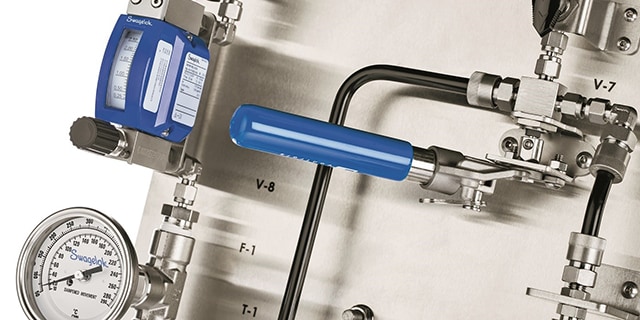
Common Challenges with Process Sampling Systems
Sampling system experts and industry veterans, Tony Waters and Phil Harris, share some common challenges they have encountered with process analyzer sampling systems over the years. Learn how to resolve recurring issues within your sampling system.
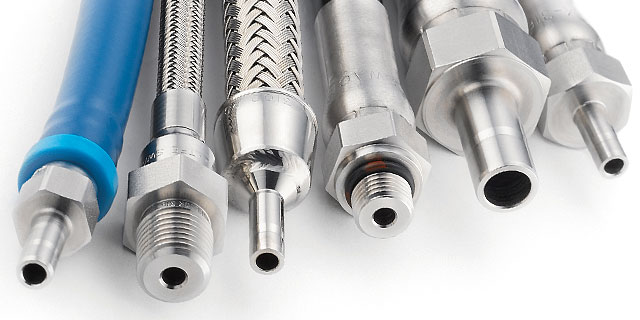
Maximizing the Life of Industrial Fluid System Components
The cost of replacing an industrial fluid system component goes beyond the price of the part. Learn how to lower system costs while maximizing the life of your components with preventive maintenance tips from the professionals at Swagelok.
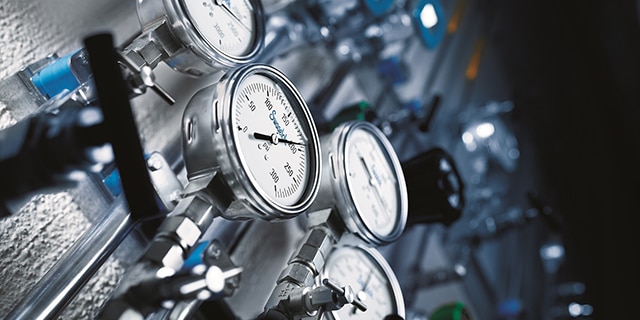
5 Common Process Analyzer System Revelations over 50 Years of Training
Sampling systems can be one of the most challenging systems within your plant to both design and operate. Industry veteran and industrial training instructor, Tony Waters, shares his trainees’ top revelations over the past 50 years.


